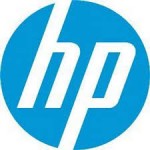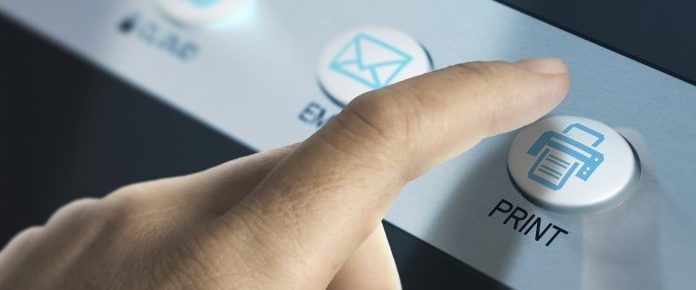This interview is an excerpt from our recent research guide, “Continuous Diagnostics and Mitigation (CDM) and Einstein: The Foundations of Federal Civilian Cyberdefense.” To download the complete guide, click here.
Continuous monitoring (CM) enables agencies to constantly assess their IT security risk posture from all levels of the organization. It provides current security and compliance insights in real-time, to help improve security situational awareness and make cost-effective risk-based decisions.
Continuous monitoring and cybersecurity are more important than ever, and government agencies are making real strides in many ways to make their data safer.
One area of security that is often ignored is printers used in government agencies.
Looking at a basic printer, you might not view it as a possible launch point for a hacker looking to get onto your network. But the fact is that it’s actually extremely vulnerable. GovLoop sat down with Shivaun Albright, Distinguished Technologist, HP, to discuss how government can address this security need.
“Printers are essentially an endpoint on a network,” Albright explained. “Customers invest in endpoint security for their PCs, and their routers, etc. But the printing side of it is often overlooked. We’re trying to educate customers that every endpoint should be an equal citizen on the network.”
Albright’s point was that most agencies invest in policies for securing computers, mobile devices, antivirus scanners, and making sure patches on their operating systems are up to date.
“But we’re seeing that customers are often overlooking their printers,” Albright said. “However, printers are just as critical.”
When you attach a printer to your network without configuring that device, Albright explained, the device becomes a potential attack vector to hackers. And once they can access the device, they may launch an attack from that device to target other endpoints on the network.
In fact, an average printer today has over 250 possible security settings. And as with all manufacturers, whether it’s PCs, desktops or printers, the device comes to a customer not configured and potentially vulnerable. So it’s important that administrators set security policies to bring those devices into compliance with their organization’s endpoint policies and make sure that their printers are locked down in a similar way to their PCs.
“HP is committed to security, and it’s been a journey.” Albright said. “We provide the tools, solutions and device hardening capability to protect our customer’s environment and their data.”
HP has recently focused on adding layers of security to their devices to provide a defense-in-depth mechanism that can help detect when somebody is trying to attack the system.
“Hackers are known for finding weak links on any device,” Albright said. “What we’ve done primarily is to make sure devices are running the intended code that should be run. We’re validating that the firmware used hasn’t been tampered with, and ensuring that the code came from HP.”
Additionally, HP now offers a printing security advisory service.
“We provide the customer with education on security threats and analysis of the current printing security posture,” Albright explained. “We do an assessment of their devices using a tool called JetAdvantage Security Manager that assesses a customer’s fleet of devices, and identifies where a printer has potential issues or vulnerabilities because they’re not configured properly.”
HP developed the JetAdvantage Security Manager tool with default-recommended printing security policies based on industry best practices and internal expertise. The service provided by HP features an assessment of the customers’ fleet security posture. Once HP completes the fleet assessment, the security advisor helps the client build a comprehensive printing security policy that meets their business needs as well as their best practices.
“We’d like to see more awareness of the risks of printing and imaging devices, as well as an increased focus on device security.” Albright said. “Looking forward, we’d like to see a better integration of print device security with cloud service. That area is growing significantly. We expect to see more integration into cloud services, cloud offerings, either private or public clouds, that allow workflows to and from our printing and imaging devices.”
In short, agencies need to work to build a strong printing security policy that lets them secure and continuously monitor print endpoints, add advanced solutions such as authentication, and deliver print services like secure printing, mobility, and workflow.






Leave a Reply
You must be logged in to post a comment.